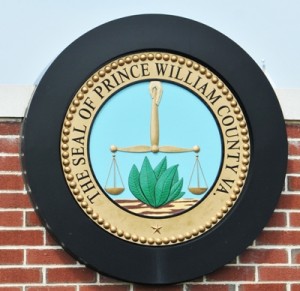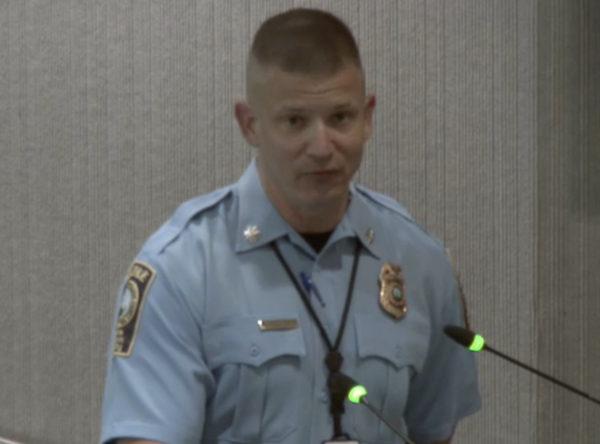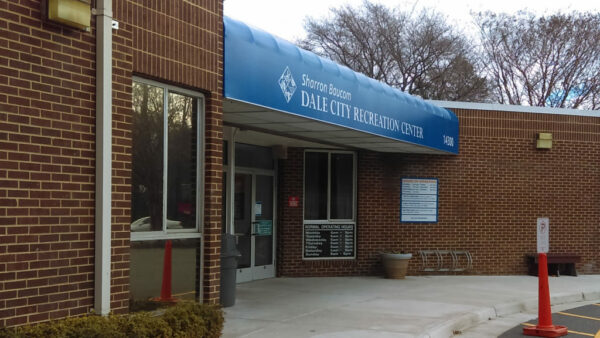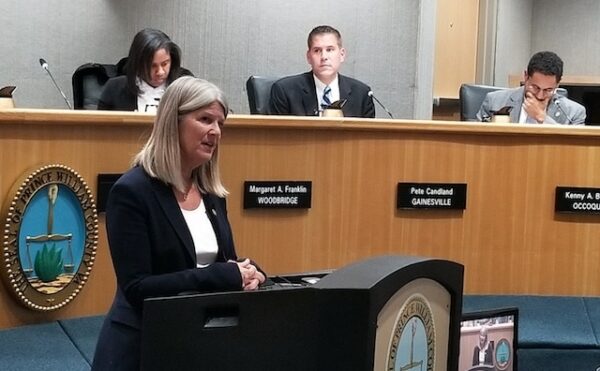Prince William County residents will still have the opportunity to provide input to the fiscal year 2021-2024 Strategic Plan after the Board of County Supervisors approved a revised timeline.
Updated every five years, the comprehensive plan guides the growth and development of the community. It articulates the goals and policies that the Board of County Supervisors relies on to make informed land-use development decisions and investments in public infrastructure.










